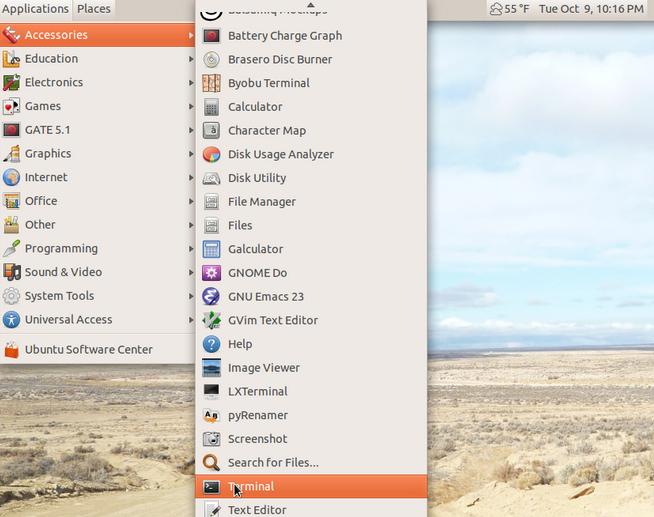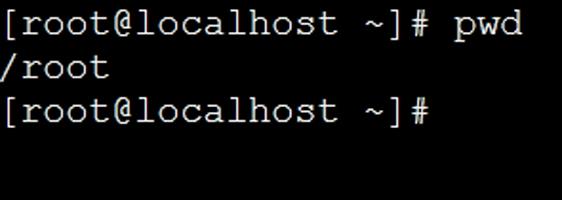17 Important Linux Interview Questions with Answers

Are you prepping up for an interview where you may face Linux-related questions? Then read through. This article takes you through 17 important Linux questions with answers that will make you interview-ready. So, let’s begin!
-
Who invented the Linux operating system?
The Linux operating system was invented by Finnish software engineer Linus Torvalds along with the Free Software Foundation in 1991.
-
Briefly explain the history of Linux
Linus Torvalds was a student at the University of Helsinki in Finland. He wanted to create an academic version of Unix OS for free. Linus began writing the code. Later his very own operating system became well known as the Linux kernel.
-
How can you access the command line to put commands?
To access the command line, press Ctrl+Alt+T. Or, you can search from the dash by pressing the Meta/Super/Windows button and then type “terminal”.
-
How do you open Terminal in GNOME?
In GNOME, Terminal is under Accessories in the Application menu.

-
What are symbolic links?
Symbolic links are similar to shortcuts in Windows. These links point to files, directories, or programs. It also gives you instant access to it. And you don’t need to go to the entire pathname.
-
What’s IEEE 1284?
IEEE 1284 is a port that defines bi-directional communications between your computer and other devices, such as printers. It was invented in the 1970s by Centronics, and hence was called Centronics Port, after the name of the company. Later it was standardized with IEEE and got the name IEEE 1284.
-
Mention about three advantages of using Linux over Windows
Three advantages of using Linux over Windows are:
-
Linux is free but Windows isn’t. Even the applications used for Linux cost $0.
-
Linux is open source. It means the source code is available for everyone to view, modify, or edit.
-
Linux takes Less time to update and you have complete control over the software updates. You can install updates whenever you want.
-
Name 5 popular UNIX operating systems
5 popular UNIX operating systems are Sun Solaris, IBM AIX, IRIX, Mac OS X, and HP-UX.
-
What are the common things between UNIX and Linux?
The common things between UNIX and Linux are:
-
Shells, such as bash, csh, ksh
-
Various office applications, namely Apache OpenOffice
-
Posix interface
-
Development tools, such as Perl, Python, PHP, GNU C/C++ compilers
-
GUI, files, windows managers
-
Mention the differences between Linux and UNIX
The differences between Linux and UNIX are:
-
Linux is more flexible than UNIX. You can install Linux on almost any hardware. But UNIX OS is restricted when it comes to its supported hardware.
-
Linux has high scalability whether it’s the hardware architecture or the filesystem. But UNIX supports very few filesystems.
-
UNIX was made public as a licensed version. But Linux was developed by Torvalds as a free OS.
-
What names have been given to the serial ports in Linux?
In Linux, the serial ports are defined as /dev/ttyS0, /dev/ttyS1, /dev/ttyS3,...up to /dev/ttyS7.
-
Mention about three commands to connect to the serial console in Linux
In Linux, you can use either of these three commands to connect to the serial console –
-
cu -
screen -
minicom
-
What are environmental variables?
Environmental variables are the global settings that control the Linux shell’s function. It also controls the functions of other Linux programs. Another name used for the environmental variables is Global Shell Variables.
-
How can you switch from one desktop environment to the other, such as from KDE to GNOME?
Assuming that you have those two desktop environments pre-installed on your computer, log out from the GUI. At the login screen, just enter your login ID and password. Then select the session type you want to load. This choice remains your default desktop environment until you switch to another one.
-
Are Linux commands case sensitive?
Yes, Linux commands are case-sensitive. Not only its commands but also the file names are case-sensitive.
-
How does case sensitivity affect your command usage in a programming language?
When it comes to case sensitivity, commands are considered to be identical only if each character is encoded as it is. You need to be careful about uppercase and lowercase letters. It means that CD, Cd, and cd will have different effects. For instance, Linux is case-sensitive. Hence in Linux, lowercase and uppercase letters should be typed as they are to avoid errors.
-
Explain the pwd command used in Linux
The full form of the pwd command is Print Working Directory. The syntax is:
$ pwd
Output:

Conclusion
And we have come to the end of this article. Today you learned how to answer 17 important Linux interview questions. Go through these before you attend your next technical interview. I hope you find this Linux question-answer collection helpful. All the best!






